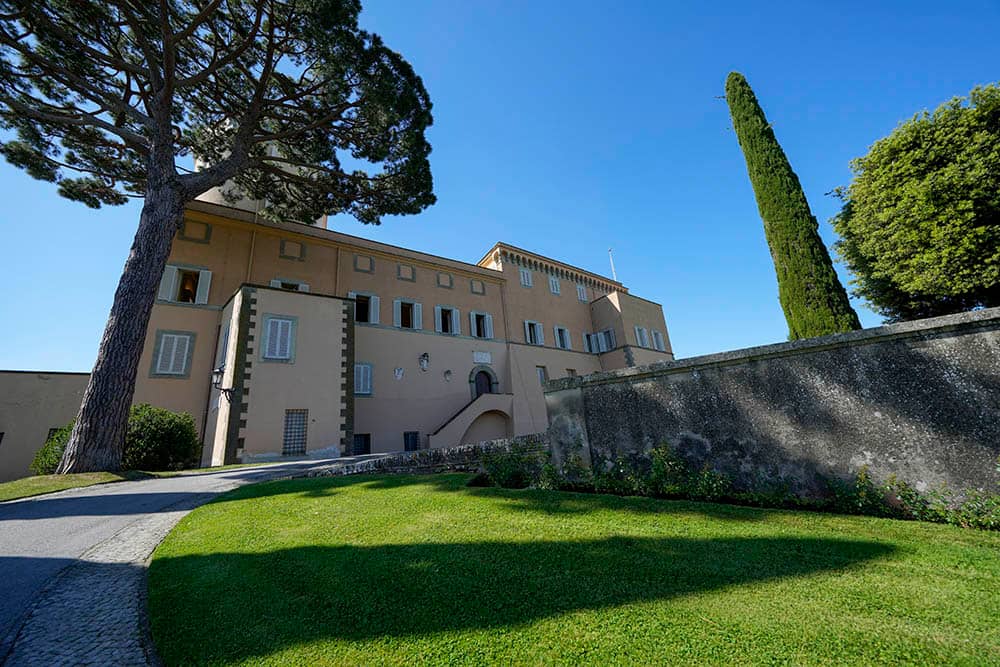ROME – Halfway through the summit of Catholic bishops from around the world taking place in Rome this month, Pope Francis will preside over the canonization of six new saints, among whom are two of the towering figures of 20th century Catholicism: Pope Paul VI, and Archbishop Oscar Romero of El Salvador.
At a briefing for journalists in Rome on Thursday, Monsignor Guido Mazzotta, a consultor for the Vatican’s Congregation for the Causes of Saints and one of the officials who worked on Paul VI’s cause, laid out the case for the late pope’s sanctity, citing his pastoral commitment, his sense of service, his gifts as a spiritual director, his special love for the poor, and several other factors.
“This is not a form of ecclesiastical narcissism,” Mazzotta said. “In this case, the canonization of a pope is perfectly justified.”
One of the inevitable questions Mazzotta addressed was the relationship between Paul VI and the Second Vatican Council (1962-65), since he was the pontiff who oversaw three of its four working sessions and then implemented its decisions in the early post-conciliar period until his death in 1978.
As Mazzotta put it, “Probably if there had been no Montini,” using Paul VI’s given name, “the council wouldn’t have happened.” Although Vatican II opened under St. Pope John XXIII, as Mazzotta explained, in terms of Church law “the council died with the pope.” Paul VI decided to keep it going, he said, and gave it shape early in its second session that opened in September 1963.
Along the way, Mazzotta related an interesting anecdote that’s worth recalling.
St. Pope John XXIII announced his intention to call a council on January 25, 1959. The very next day, the future Paul VI, then still Cardinal Giovanni Battista Montini of Milan, received a group of seminarians from his native Italian region of Lombardy. The rector, an old friend, asked Montini what he thought of the announcement the day before, fully expecting his friend to be excited by the news that a new council was in the works.
Instead, Mazzotta said, the rector found his old friend in a pensive mood, and his enigmatic response was: “You have no idea what it means to call a council.”
Presumably, part of what the future pope meant was that you may launch an event with the magnitude of an ecumenical council with one set of hopes, but once it’s underway it takes on its own momentum and direction, and quite often you have no idea at all where it may go. In the history of the Church, some councils have ended in schisms and ruin, others in new life and energy, and at the outset it usually would have been impossible to know which would turn out to be which.
All this becomes relevant this month because Paul VI wasn’t just the “Pope of the Council,” the pontiff who shepherded Vatican II to a close and beyond, but he was also the founder of the Synod of Bishops, established in 1965 as Vatican II closed to be a sort of permanent extension of the council by giving bishops around the world a regular voice in the governance of the Church.
At an event sponsored by Notre Dame’s Center for Ethics and Culture and assisted by the Diocese of Orange and Crux on Thursday night, Auxiliary Bishop Robert Barron of Los Angeles talked about how the opening Mass on Wednesday, as bishops from around the world processed together with the pope, gave him a sense of what Vatican II must have been like. (At 58, Barron is far too young to have been there – he was actually born 10 months after it was announced and would have been 6 when it closed.)
That linkage between synod and council may carry more truth than Barron realized, because synods, like councils, can also go off in unpredictable directions. When Francis called his two synods on the family in 2014 and 2015, he may not fully have realized the internal tensions they would unleash, nor the vast debate his eventual conclusions in 2016’s Amoris Laetitia would spawn.
Given that this synod on young people, faith and vocational discernment is unfolding in an atmosphere of crisis shaped by the clerical sexual abuse scandals rocking the Church in various parts of the world, the odds of an “October surprise” in Rome may be even greater.
What might that look like? Obviously, the definition of a surprise is that you don’t see it coming, but it’s easy enough to conjure up a few possibilities.
- The synod could get bogged down in debates over procedures and appointments, with accusations of rigging and deck-stacking from participants who don’t like the way the winds seem to be blowing. That happened the last couple of times, so the question is whether bishops and others on the losing side of arguments may run out of patience.
- The synod could face the fallout from the abuse scandals and take it upon itself to issue some guidance to Francis about what the next steps need to be – including the issues of greater transparency and accountability, which are frequently invoked as watchwords of reform but sometimes seem honored only in the breach.
- The synod could produce some breathtaking new evangelical strategy for reaching out to the youth of the 21st century, buoyed by the wild card that there are actually 36 young people from various parts of the world participating. Bishop Godfrey Onah of Nsukka, Nigeria, told the event Thursday night that having young people in the hall makes a real difference, among other things because they make their reactions to things immediately evident with applause, tears, even a few “woo-hoo” moments.
If any of that happens – or other twists flat-out impossible to anticipate right now – it’s possible Francis may look back at October 2018 and think, “You have no idea what it means to call a synod either.”
















